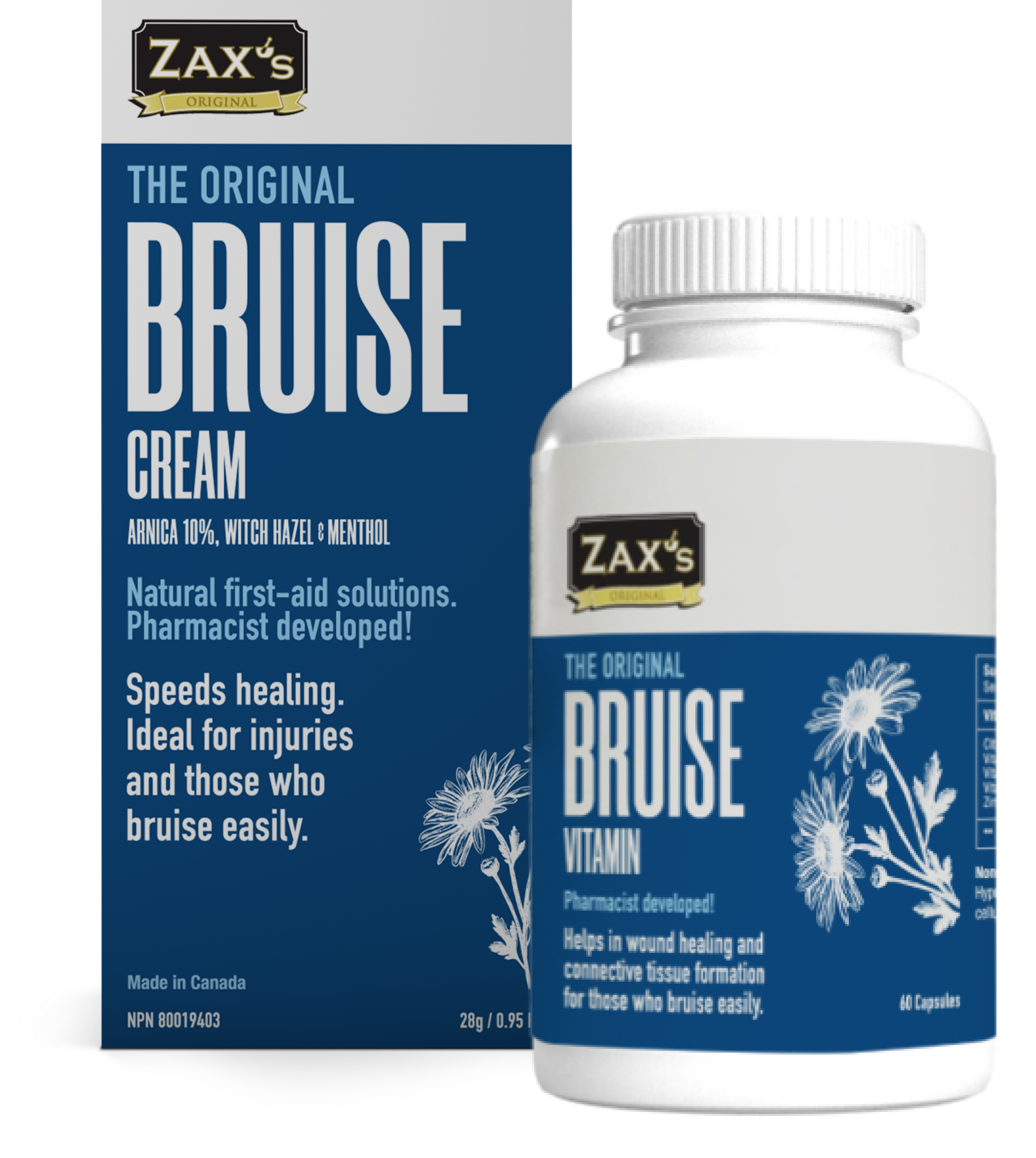Accidents happen, and when they do, being prepared with a well-stocked first aid kit can make all the difference. Whether it's a minor cut, a sprained ankle, or an unexpected headache, having the right supplies on hand ensures you can handle most household injuries and emergencies efficiently. Here are ten must-haves for your family’s first aid kit:
1. Adhesive Bandages
Adhesive bandages, commonly known as band-aids, are a staple in any first aid kit. They come in various sizes and are used to cover small cuts, blisters, and abrasions. Look for waterproof options that stay in place even when wet. Having a variety of sizes ensures you're prepared for different types of injuries.
2. Antiseptic Wipes
Antiseptic wipes are essential for cleaning wounds before applying a bandage or dressing. They help prevent infection by removing dirt and bacteria from the affected area. Individually wrapped wipes are convenient and maintain their sterility until use.
3. Burn Cream
Burns can happen unexpectedly in the kitchen, around the campfire, or during other activities. Having burn cream in your first aid kit provides quick relief and promotes healing. Look for a cream that contains aloe vera or other soothing ingredients, like Zax’s Original Burn Cream.
4.Rash &Itching Cream
An anti-itch cream is useful for relieving itching and inflammation caused by insect bites, rashes, and other skin irritations. It helps reduce redness and swelling, providing quick relief. Keep a tube of our Bug Bite & Itch Cream in your kit as needed! (LINK)
5. Bruise Cream
Accidents often result in bruises, and having a reliable bruise cream can speed up recovery. Zax’s Original Bruise Cream helps reduce discoloration and promotes faster healing up to 4x, ensuring you and your family can get back to normal activities sooner.
6. Instant Cold Packs
Instant cold packs provide immediate relief for sprains, bruises, and minor burns. They help reduce swelling and numb the pain. Since they don't require refrigeration, instant cold packs are perfect for keeping in your first aid kit for emergencies.
7. Thermometer
A digital thermometer is a crucial tool for monitoring fevers. Choose a model that provides quick and accurate readings. Having a thermometer on hand allows you to assess whether a fever is mild or requires medical attention.
8. Pain Relievers
Over-the-counter pain relievers such as ibuprofen or acetaminophen are important for managing pain and reducing fever. Our Zax’s Original Aches & Pains Cream is sure to help in the short-term when your body is working against you.
9. Gauze Pads and Tape
Gauze pads are used to cover and protect larger wounds. They are absorbent and help control bleeding. Medical tape is used to secure the gauze in place. Opt for hypoallergenic tape to avoid skin irritation. Having different sizes of gauze pads ensures you can handle various wound sizes.
10. Scissors
A small pair of scissors is useful for cutting tape, gauze, and clothing in an emergency. Opt for blunt-tipped scissors to avoid accidental injuries. Scissors should be kept clean and sharp to ensure they are ready for use when needed.
Additional Considerations
While the ten items listed above are essential, there are a few additional items that can enhance the functionality of your first aid kit:
- Elastic Bandages ? You mean a tensor bandage?: Useful for wrapping sprains and providing support to injured joints.
- Sterile Gloves: Protect both the caregiver and the injured person from infection.
- Antihistamines: Provide relief from allergic reactions and hay fever.
- Eye Wash Solution: Helps flush out foreign particles and soothe irritated eyes.
- First Aid Manual: A comprehensive guide can provide step-by-step instructions for various medical situations.
DIY Solutions and Home Remedies - this section would be a great article on it’s own!
In addition to the items in your first aid kit, it's helpful to know some DIY solutions and home remedies for common injuries and ailments:
- Honey for Wounds: Honey has natural antibacterial properties and can be used to treat minor cuts and burns. Apply a small amount to the affected area and cover it with a bandage.
- Baking Soda for Insect Bites: Mix baking soda with water to create a paste. Apply it to insect bites to reduce itching and swelling.
- Apple Cider Vinegar for Sunburn: Dilute apple cider vinegar with water and apply it to sunburned skin with a soft cloth. It can help reduce pain and inflammation.
- Epsom Salt for Sore Muscles: Add Epsom salt to a warm bath to help soothe sore muscles and reduce swelling.
Organizing Your First Aid Kit
A well-organized first aid kit ensures that you can find what you need quickly in an emergency. Here are some tips for organizing your kit:
- Use Clear Pouches: Store items in clear, labeled pouches so you can see the contents at a glance.
- Check Expiry Dates: Regularly check the expiry dates of medications and replace them as needed.
- Restock Regularly: After using any items from your first aid kit, make sure to restock them promptly.
- Keep It Accessible: Store your first aid kit in an easily accessible location, and make sure all family members know where it is.
A well-stocked first aid kit is a crucial component of home safety. By including these ten must-haves, along with some additional items and DIY solutions, you can be prepared to handle most minor injuries and emergencies. Regularly check and restock your kit to ensure it’s always ready for use. With the right supplies on hand, you can provide effective first aid and peace of mind for your family.


